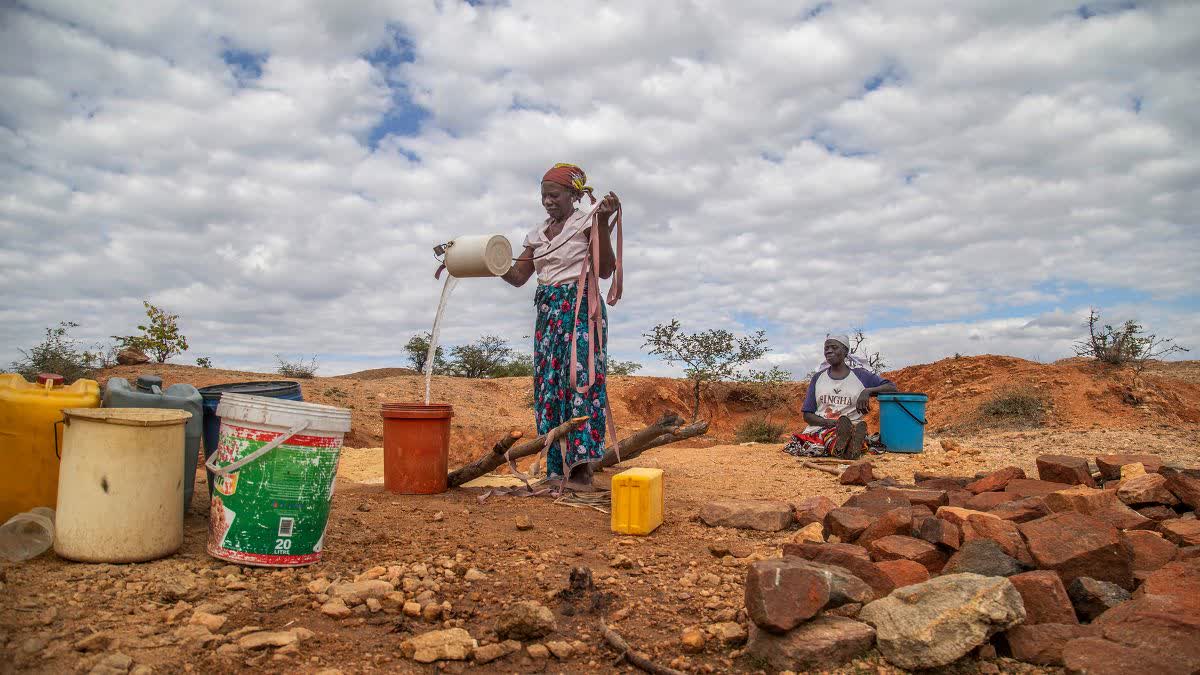Hyderabad: Climate factors, such as drought and aridity, have been known to impact internal migration worldwide. Now, a new study led by International Institute for Applied Systems Analysis (IIASA) provides a comprehensive analysis of climate-induced internal migration across different countries.
The study, published in Nature Climate Change, used census microdata from 72 countries from 1960 to 2016 in order to assess how environmental stress affects migration within national borders.
The report highlights that drought and aridification significantly increase internal migration, especially in hyper-arid and arid regions. This movement is most pronounced in agriculturally dependent and rural areas, where livelihoods are highly vulnerable to climate change. Many climate-induced migrants move to urban areas, accelerating urbanisation trends.
As per the study, the effects of drought and aridification are strongest in parts of Africa, the Middle East, South America, South Asia, and Southern Europe, where economic hardship and environmental challenges drive migration as agricultural livelihoods are prevalent and the climate is already dry in these regions.
The study finds that globally, wealthier areas experience more mobility due to fewer migration constraints. Within countries, poorer regions tend to have higher outmigration rates to wealthier areas when affected by climatic stress. Migration patterns vary significantly across population groups. For instance, in less developed countries, younger working-age adults (15-45) with medium education levels are most likely to migrate due to drought and aridity. Meanwhile, in wealthier countries, older populations across all education levels show stronger migration patterns.
Guy Abel, a researcher in the IIASA Migration and Sustainable Development Research Group said that more people will be pressured to migrate for better living conditions as climate change exacerbates droughts and water scarcity. The study emphasises the need for policies addressing both the causes of migration and the impacts on destination regions. Urban areas absorbing climate-induced migrants require adequate infrastructure, health services, and social support systems, adds coauthor Abel.
To reshape migration trends, comprehensive data and ongoing research are crucial for creating targeted interventions and policy solutions that address the complex relationship between environmental factors and human mobility. The study emphasizes the urgent need for a holistic policy approach that considers both spatial and social differences, recognizing the complex and context-dependent nature of migration dynamics, concludes coauthor Raya Muttarak.
Raya Muttarak, coauthor and a researcher in the IIASA Migration and Sustainable Development Research Group notes that in order to reshape migration trends, more comprehensive data and continued research will be required for developing targeted interventions and policy solutions to address the complex relationship between environmental factors and human mobility.



